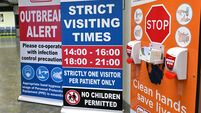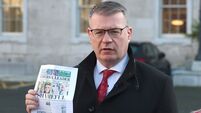Stats show Ireland has a long way to go to address under-representation of women in politics

Less than a quarter (22.2%) of TDs were women in 2016, and they accounted for only 21.4% of members of local authorities. However, these figures were an improvement on 2013, when just over 15% of TDs and less than a fifth of local authority members were women.
This increase is largely down to the introduction of quotas in 2012, a move which initially met with some resistance but has since been acknowledged by many former opponents as a necessity.













